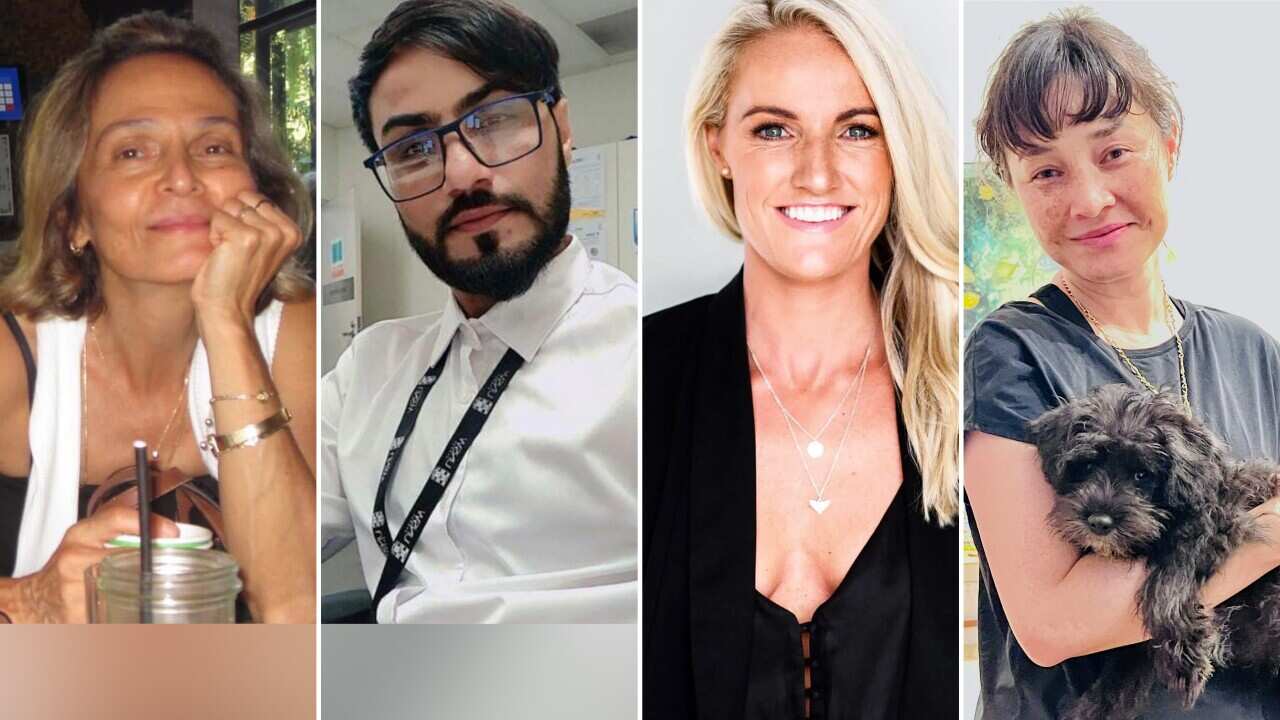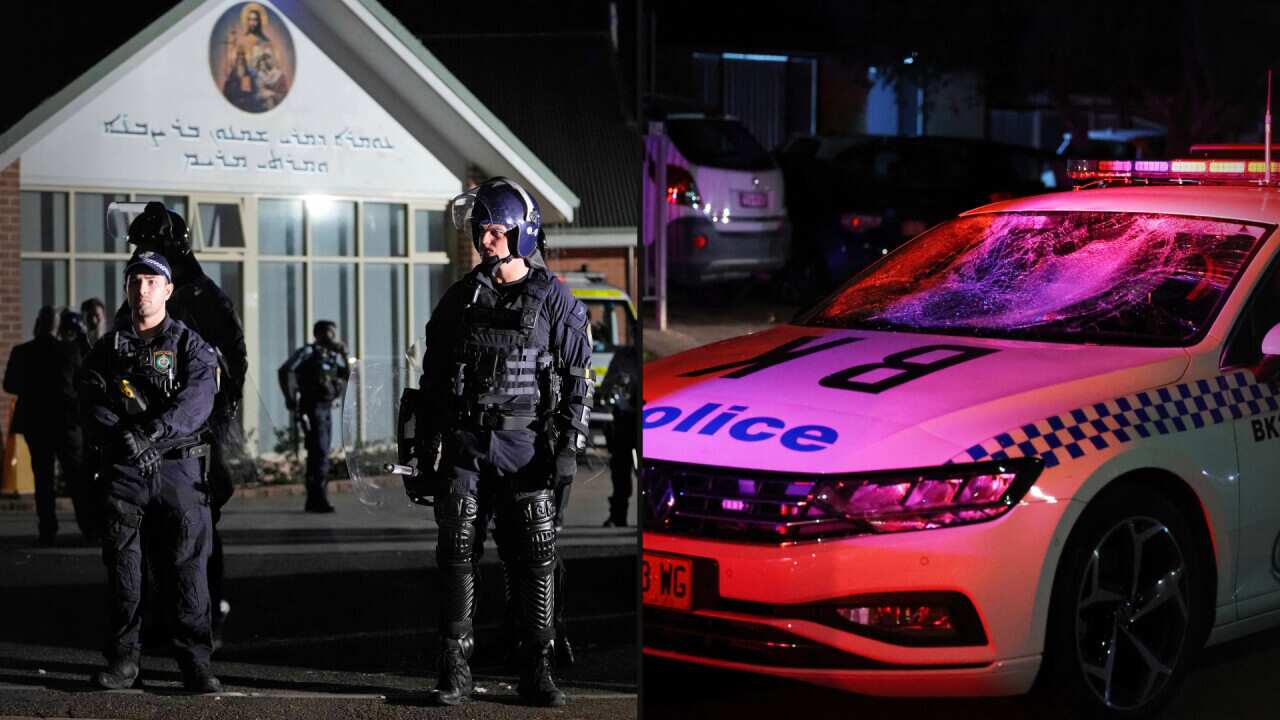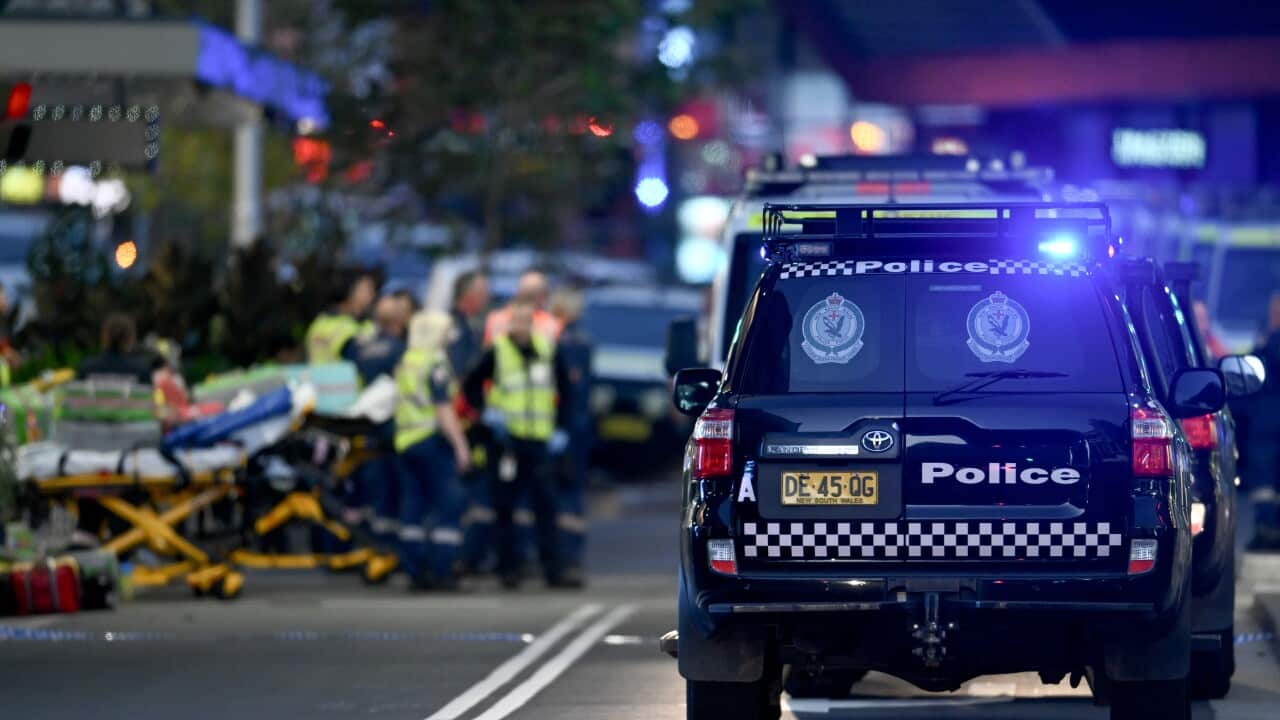The aid agency has called for the lifting of a blockade on food and medical supplies in the region near Damascus, which was imposed more than five years ago by the forces of Syrian President Bashar al-Assad.
The calls come as shocking images of starving children have emerged from the besieged region.
The blockade was imposed in efforts to reduce the violence, despite a deal declaring Eastern Ghouta a 'de-escalation' zone.
More than 1100 children in the rural suburb are suffering from malnutrition as aid organisations are struggling to access hard to reach places, according to nutrition specialist Dr Rajia Sharhan.
UNICEF reported up to 232 children were acutely malnourished, meaning they were in urgent need of medical care. A further 882 children were suffering from moderate acute malnutrition.
The aid organisation reported two recent deaths among infants in Ghouta, who both died from malnutrition because their mothers did not have enough food to produce breast milk.
Dr Sharhan warned that the death toll from the "shocking" crisis may increase.
"When you see their bodies, they are very weak and thin, and they can easily die. Without proper medication and food, and therapeutic food also, these children can easily lose their lives," she told SBS News.
"The problem with malnutrition is that it always affects the most vulnerable. The most vulnerable are children under five and the ones who really pay the price are also children under six months where the mortality rate is very high.
"The other problem is mothers are also affected by malnutrition. So they can have weak bodies and cannot even breast feed properly and take care of their children properly." UNICEF Australia Communications Director James Nichols, who has worked with aid agencies on the ground in Syria, says babies are among the most at risk.
UNICEF Australia Communications Director James Nichols, who has worked with aid agencies on the ground in Syria, says babies are among the most at risk.

A Syrian baby is seen on a stretcher as he goes through medical examinations due to malnutrition in Eastern Ghouta of Damascus, on October 14, 2017. Source: Anadolu
"Especially in the areas that are besieged by the conflict you have a lack of food and supplies going into the areas. That affects mothers who are trying to breastfeed their children," Mr Nichols told SBS News.
More reading

IS left trail of blood in Syrian town

A Syrian baby stands on a bascule as him and other babies go through medical examinations due to malnutritio Eastern Ghouta on October 14, 2017. Source: Anadolu
Images taken by a reporter working with AFP showed Sahar before her death, a wide-eyed baby with little but skin on her bones.
Her young mother was reportedly too undernourished to breastfeed and her father, earning very little at a butcher's shop, was unable to afford milk and supplements. Dr Sharhan said medical facilities have been under attack in recent months and said UNICEF relies on the help of local NGO's to gain access to those in need.
Dr Sharhan said medical facilities have been under attack in recent months and said UNICEF relies on the help of local NGO's to gain access to those in need.

Eastern Ghouta has been under siege since 2013. Source: SBS News
"Malnutrition is a vicious cycle, we can’t guarantee that (more deaths) wont happen," she said.
"UNICEF provides supplies through inter-agency convoys which is a rapid solution for these populations."
"We're is calling all parties for unimpeded, sustained and safe access to reach children, and to reach the most vulnerable women and also the population." Up to 400,000 people are believed to live across Eastern Ghouta, one of the last remaining opposition strongholds in Syria.
Up to 400,000 people are believed to live across Eastern Ghouta, one of the last remaining opposition strongholds in Syria.

A baby is weighed in Eastern Ghouta. Source: Anadolu Agency/Getty Images
Hundreds of people died in Eastern Ghouta on 21 August 2013 after the biggest chemical attack in Syria’s civil war history. Sarin gas, a toxic substance that that targets the central nervous system was dropped on civilians in the early hours of the morning. One unconfirmed estimate puts the final death toll at 1,729.
On September 23, 2017, a convoy carrying food and medical aid for some 25,000 people entered three besieged areas of Eastern Ghouta, according to the UN.
To help the 8.4 million children needing emergency aid in Syria you can donate to UNICEF by clicking .
- With AFP










